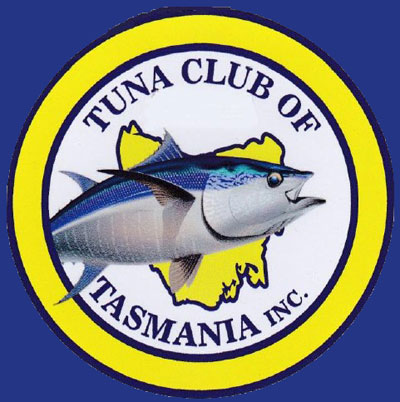History
The Tuna Club of Tasmania was born in 1960.

The Tuna Club was born as a result of a meeting held in Hobart on 17 September 1960 by a group of persons interested in forming a Game Fishing Club. At that meeting a sub-committee was formed, charged with the task of drafting a Constitution which could be tabled at a later meeting. The sub-committee met on 24 September 1960 and drew up a recommended form of Constitution. On 6 October 1960 at Wrest Point Hotel the Inaugural Meeting was held attended by about 35 persons. Mr H H Smart chaired the meeting and the Constitution was adopted by those assembled.
Elections were held immediately with Mr J E Stanton elected as the Club’s first President, Mr T Chopping as Vice President, Mr C W Reardon as the first Secretary and Mr L A Phillips as the first Treasurer.
The Club was born!
At that meeting the President stated that “The Tuna Club of Tasmania would soon become one of the most successful and best Game Fishing Clubs in the Southern Hemisphere.“ The Club grew slowly, establishing a firm membership base along with a growing reputation around the State and elsewhere as a Club of fine anglers. Two World Records were granted within the first two years to women anglers. One of those records, by Mrs Vanda Chopping for a 70.76 kg Southern Bluefin Tuna on a 37 kg line on 6 May 1963, still stands as an Australian Record.
The Club established many Weigh Stations around the state to cater for the growing interest in Game Fishing. From the very beginning the Club has had a large core group of members based in the Derwent Valley. The Club was accepted as an affiliate of the Game Fishing Association of Australia’s Tasmanian body (The Tasmanian Game Fishing Association) in 1963, thus allowing Tuna Club members to claim Australian and World Records for Game Fish species. Members of the Club claim more Records than any other Club in Tasmania, showing the keen interest in fishing for bigger fish on lighter line classes.
The Club established a permanent Weigh Station at Pirates Bay which is still used today, largely due to the efforts of Mr Tom Jenkins who it is reported single-handedly built the premises. In 1985 the Club purchased a boat shed located alongside the original boat ramp as a Club Room for members to gather in relative comfort from the winter rains and cold. In 1992 the Committee began work to draw plans for a new building incorporating the existing Weigh Station into a Club Room. With approval from all bodies and the permission of Mrs Denise Willey whose existing boat shed sat on the site required for the new building, work began to move Mrs Willey’s boat shed to a new site and preparations were made for the foundations of the new building. The new building was opened by the Minister of Fisheries, the Hon John Cleary, during the Australian Bluefin Tuna Contest in April 1994.
In recent years, improvements to the Rooms have been made and a new-dual width boat ramp was laid. The first recorded tagging of fish was arranged through CSIRO in 1969 when a CSIRO Officer showed a party of anglers on a charter boat how to tag a fish. Tagging is slowly gaining more acceptance as a means of preserving the species for future generations. The Club conducts the longest running Competition held in Australia: the first Australian Bluefin Tuna Contest was held in 1966 and has been held every two years since. The Contest originally fitted in with all Australian Game Fishing Contests held in Sydney every odd-numbered year. The Contest has attracted interest from far and wide with two American journalists writing an article for a famed American journal and also in the Tasmanian magazine 40 Degrees South predecessor Leatherwood. The Contest regularly attracts entries from all over Tasmania and from Victoria. In the early years anglers from South Australia, Mr Tom Bell, Mr Ernie Palmer and Mr Clive Whitrow fished regularly, as did Mr & Mrs Bob & Dolly Dyer. Dolly still holds a few Club and Australian Records from those heady days.
The Club has a long and proud history as Tasmania’s Premier Game Fishing Club. The Club’s strength lies in its strong membership base, their loyalty to the Club and their faith in the Club’s administration.
The Club is there for its members, so enjoy it to the fullest.
Reproduced with the kind permission of Mr C van den Hoff , Mr D Suttil & Mr M Fitzpatrick
